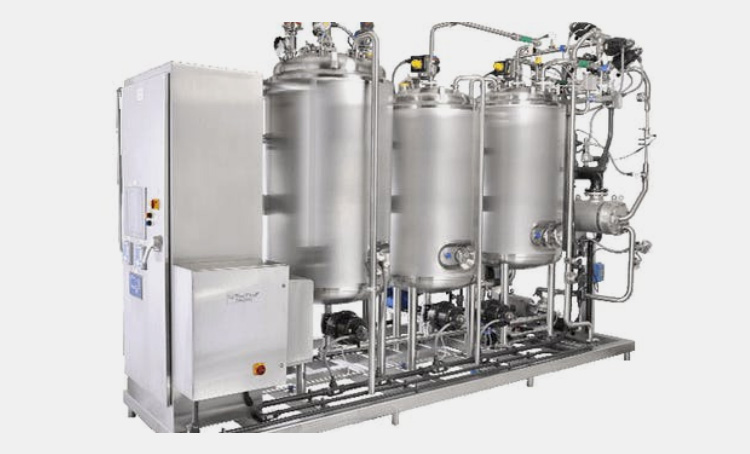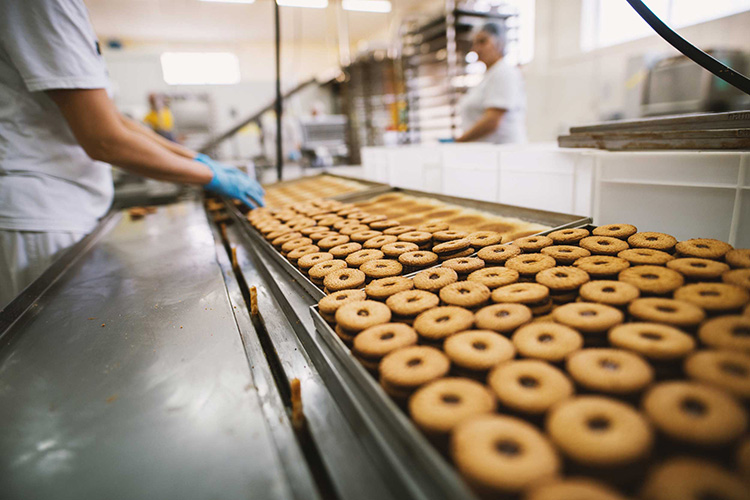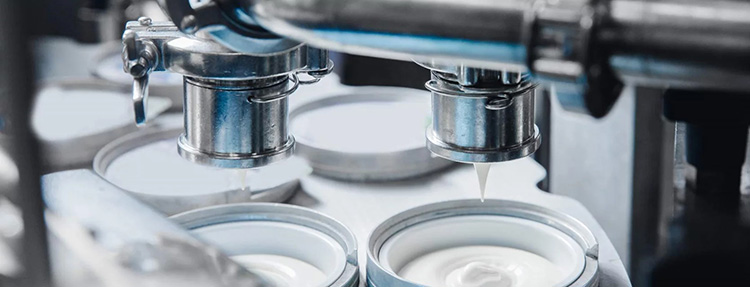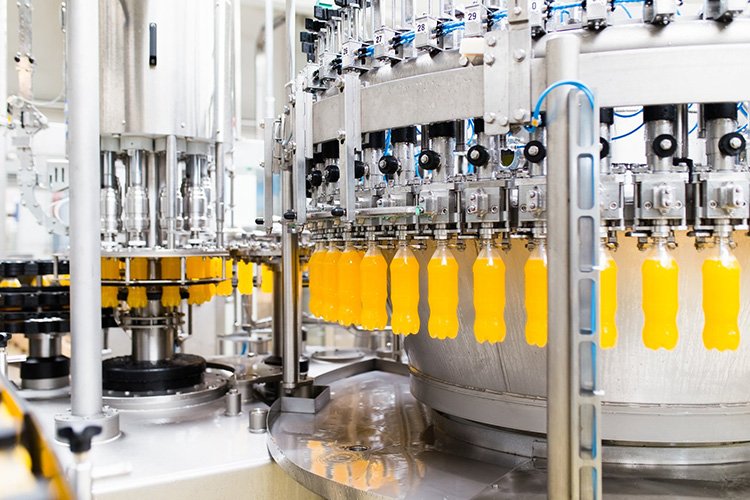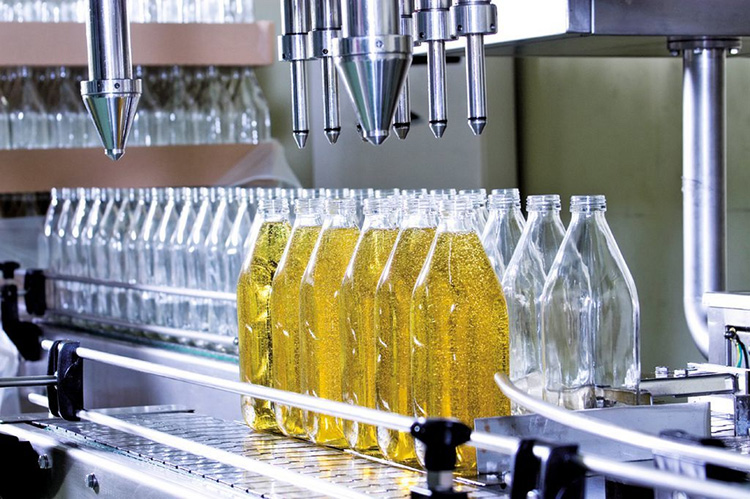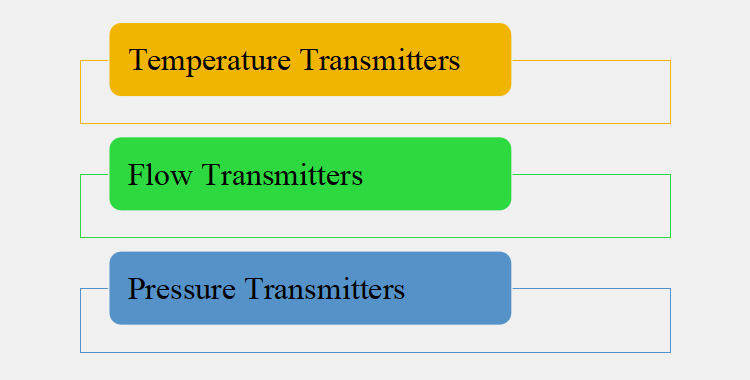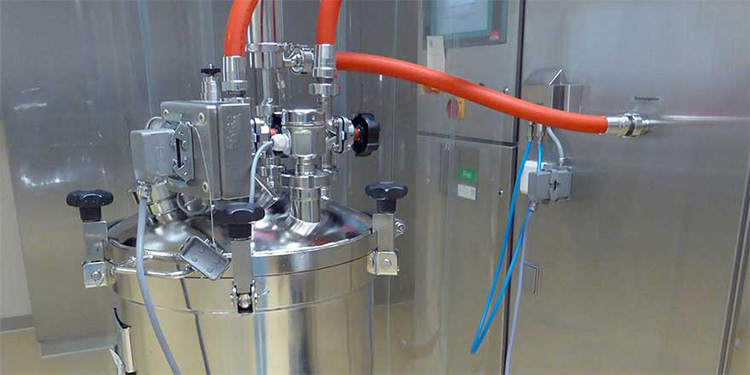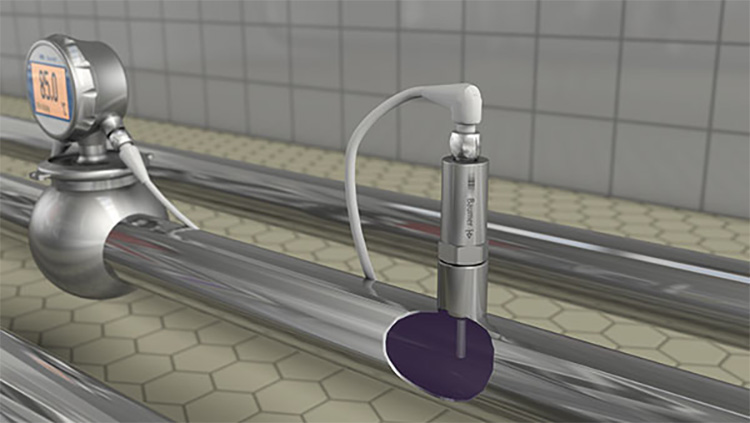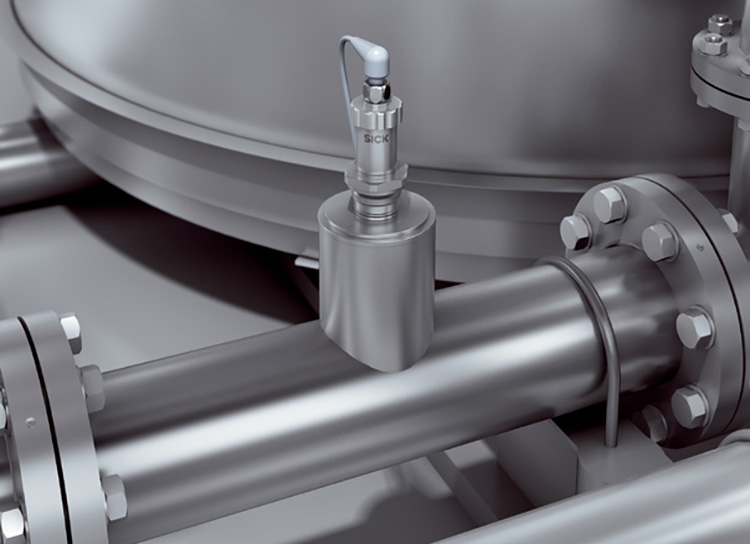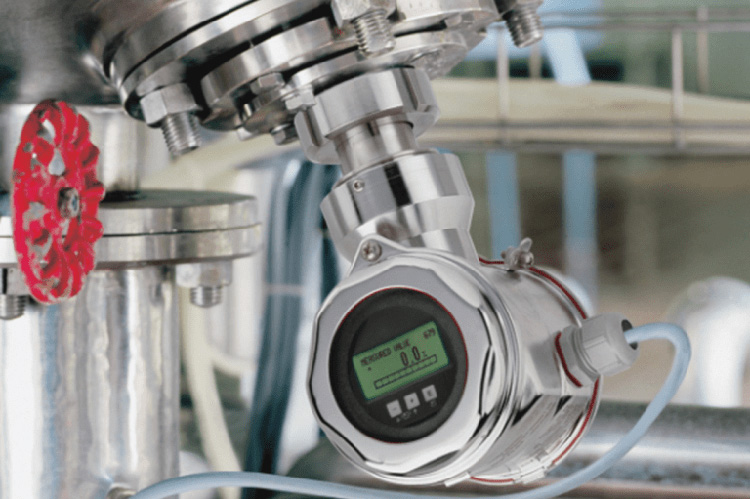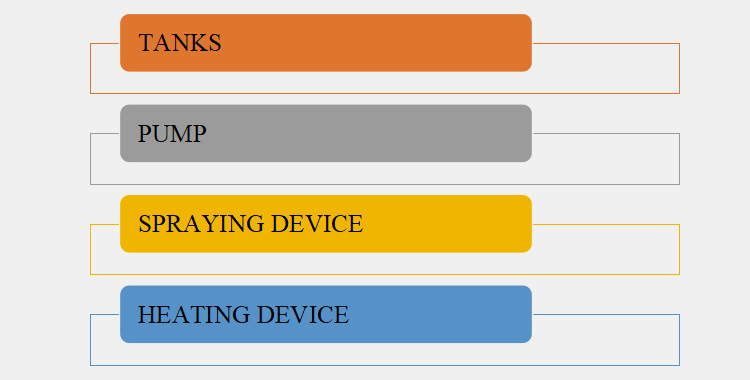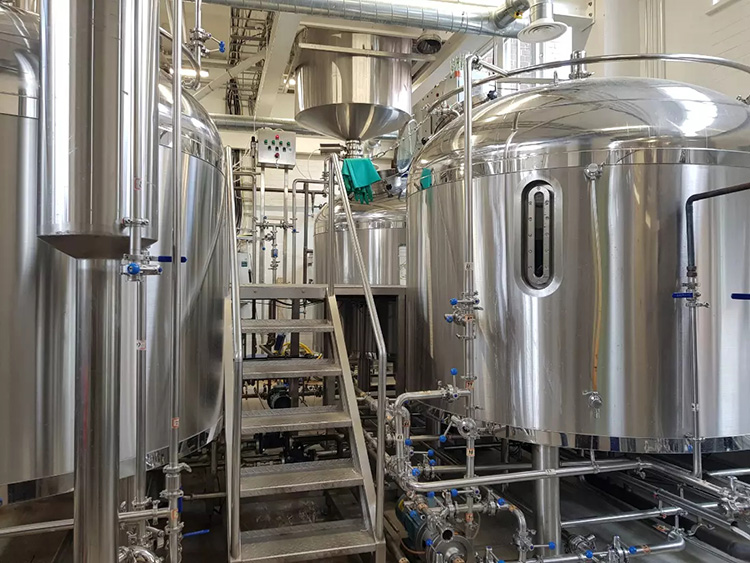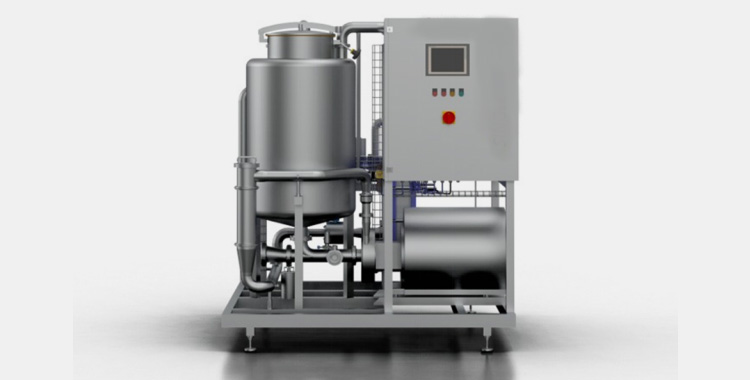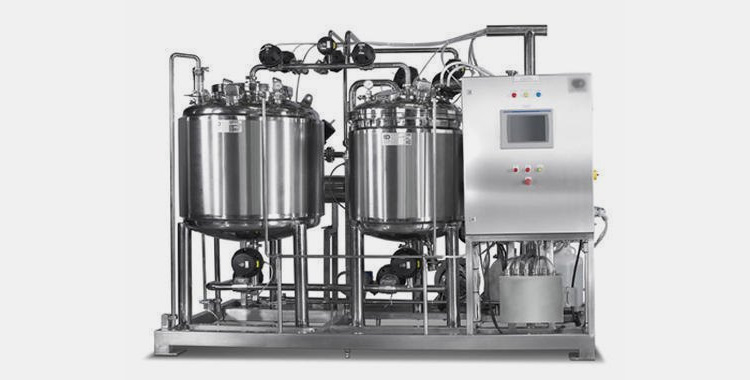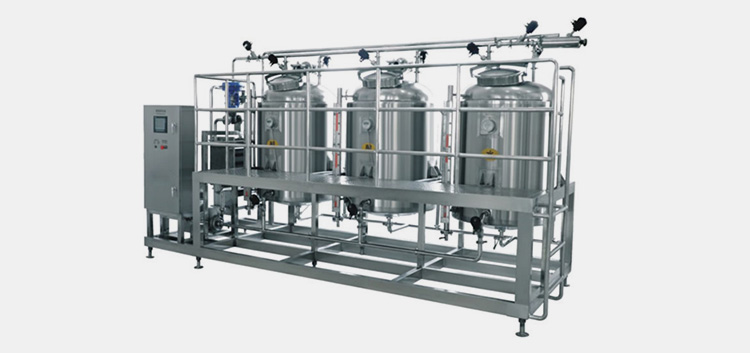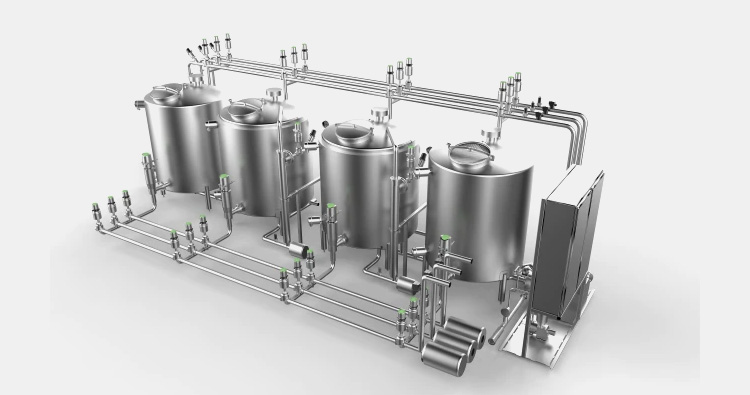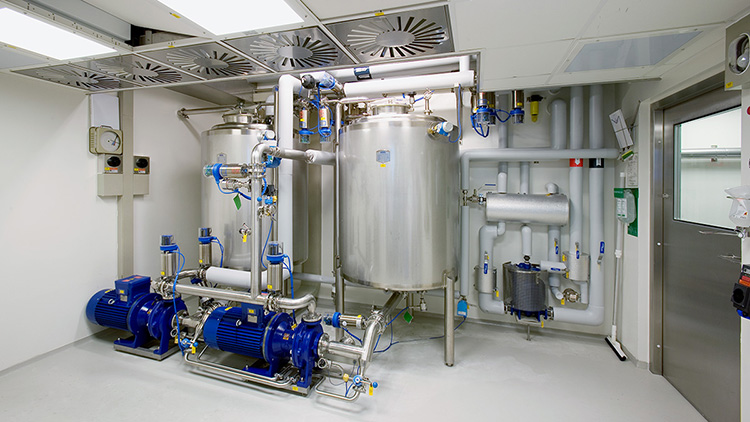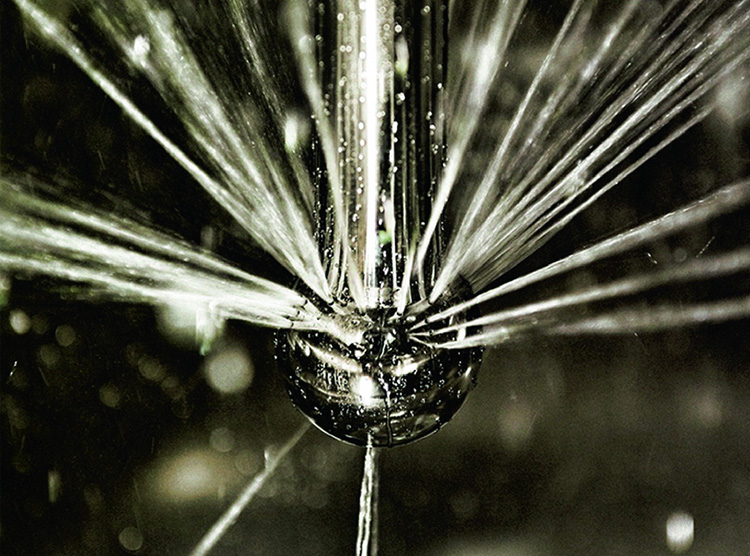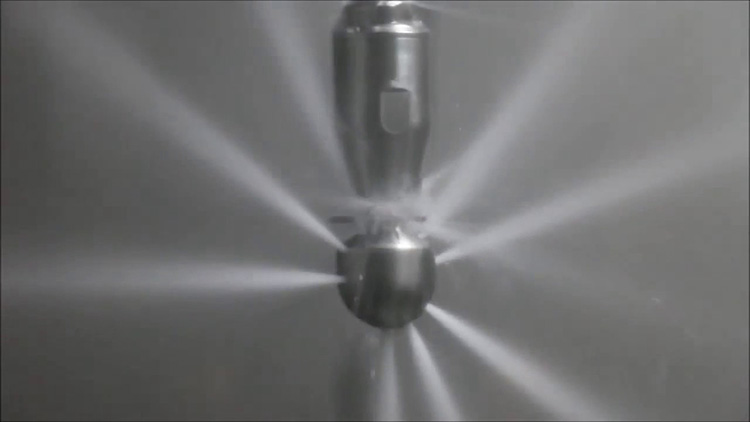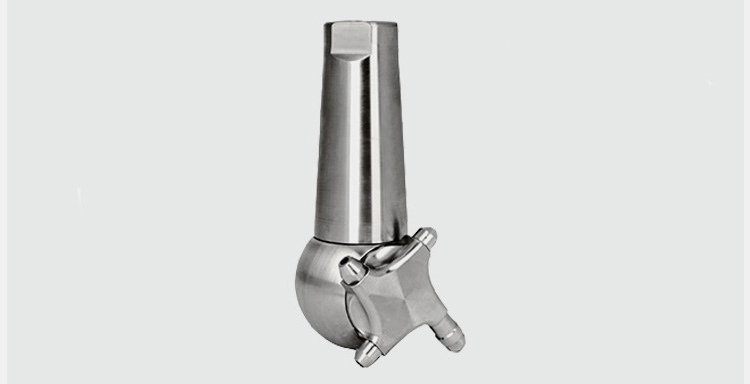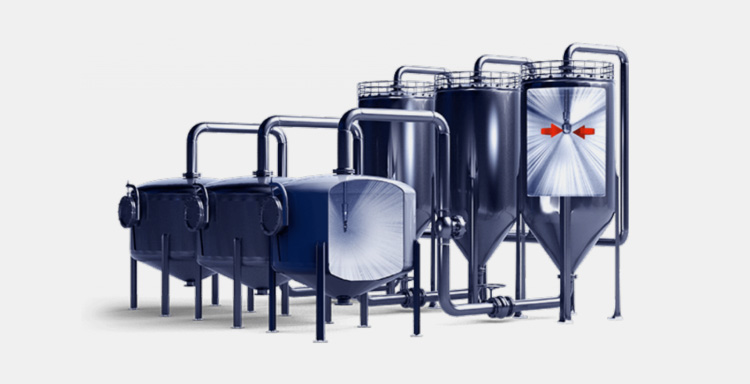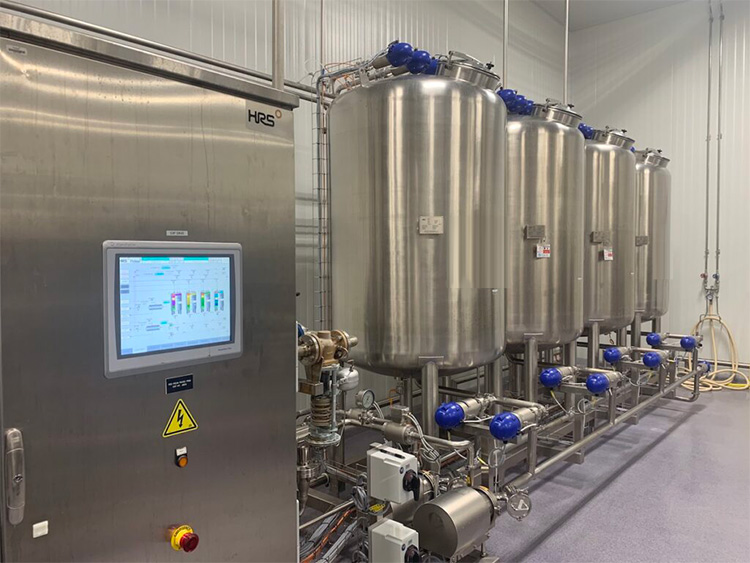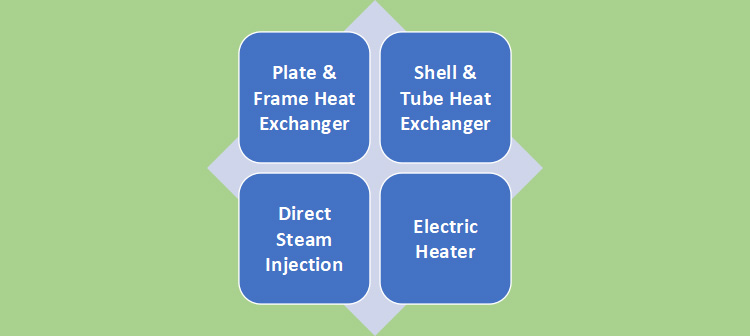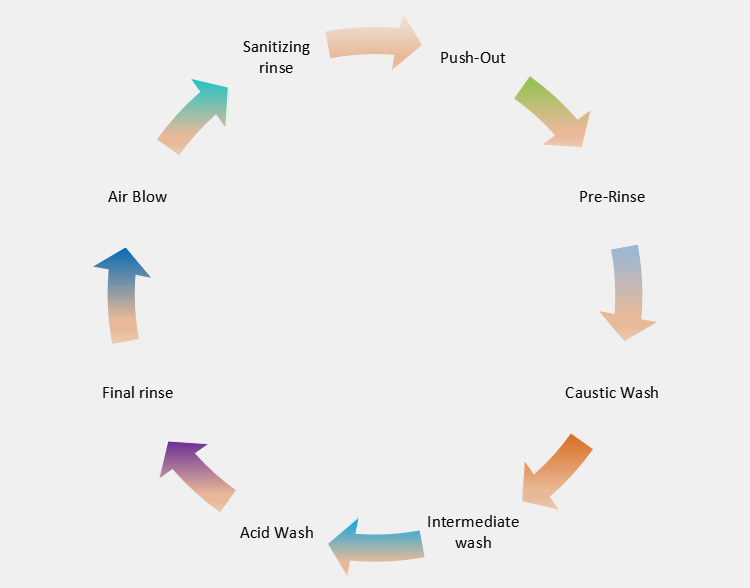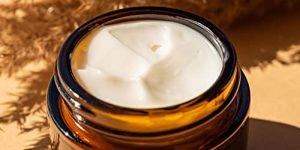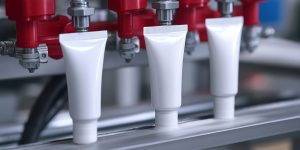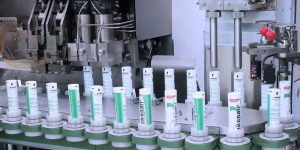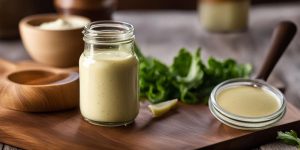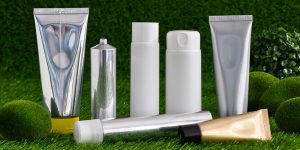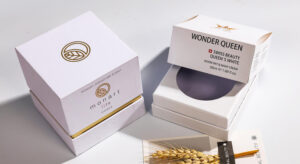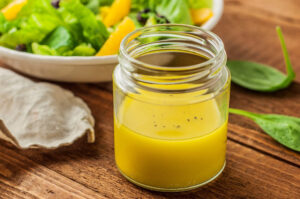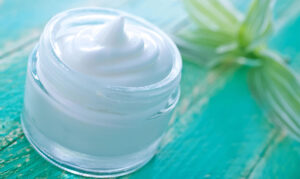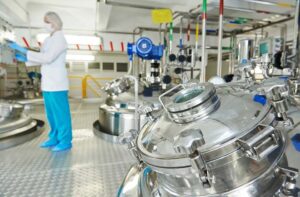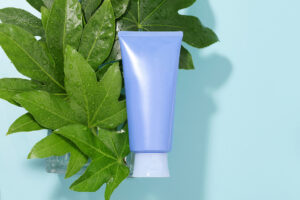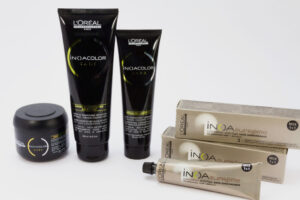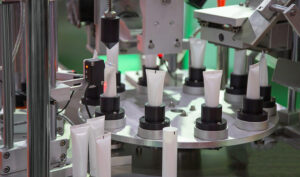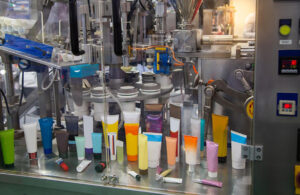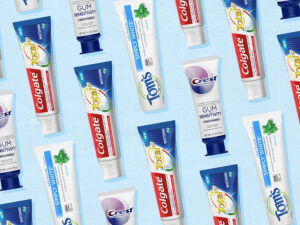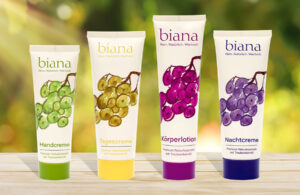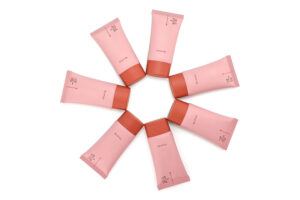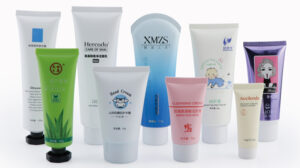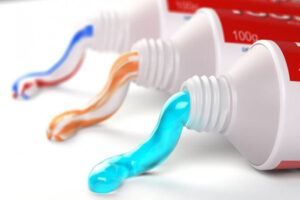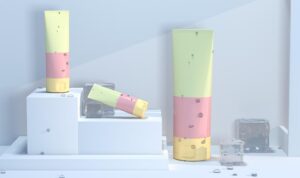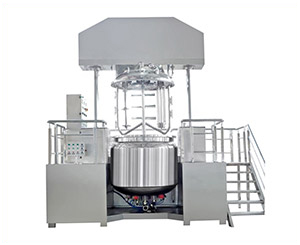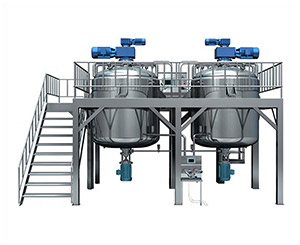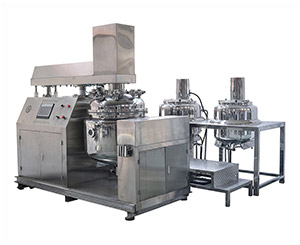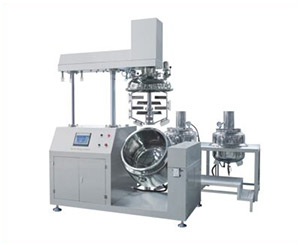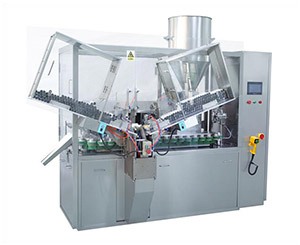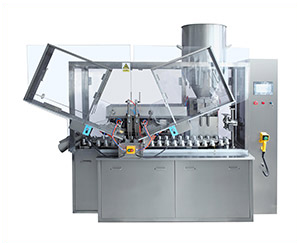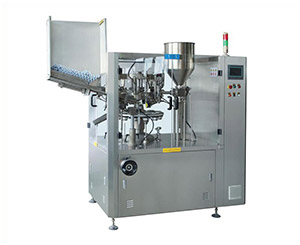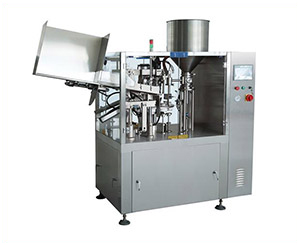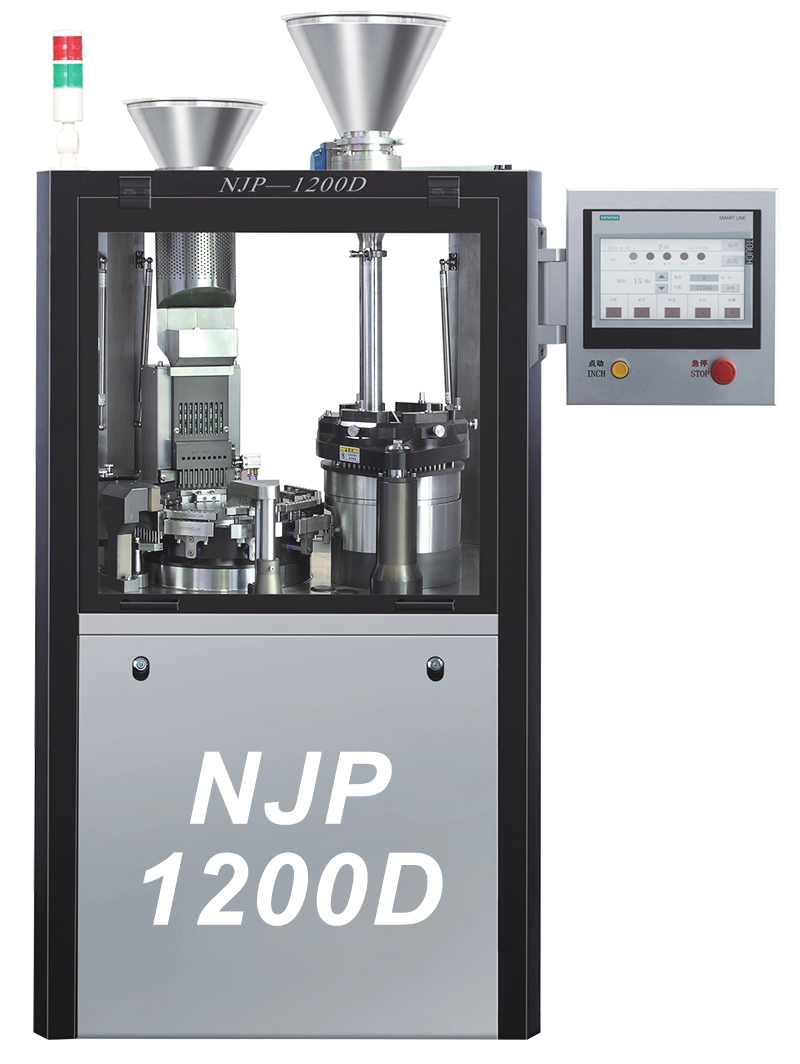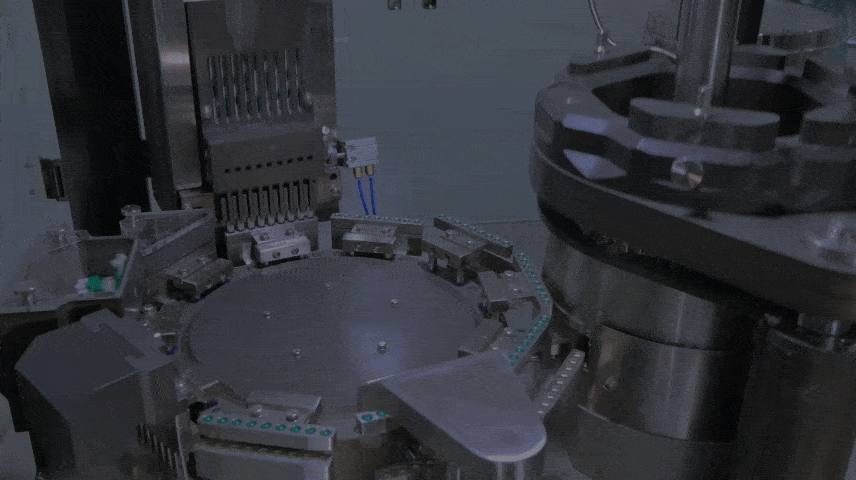What Is CIP And SIP System?
Up until the mid of last century, a sealed system such as closed pipes, or processing equipment was cleaned by dismantling them. This process was invariably time-consuming, and laborious. Especially in industrial sectors like pharmaceuticals, food, and beverages, where you regularly require cleaning of a system.
Now, with innovation and advanced technology, the industrial sector is benefitted from the emergence of the Cleaning-In-Place (CIP) system and Sterilization-In-Place (SIP) system.
Fortunately, now you can achieve the cleaning process without the need of dismantling any system. CIP system and SIP systems are designed to clean the processing unit with 100% satisfactory outcomes.
Table of Contents
Ⅰ.What are the CIP system and SIP system?
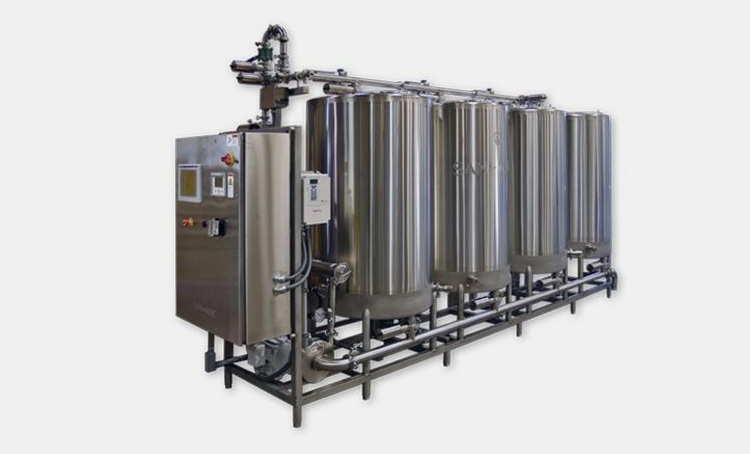
CIP SYSTEM
Clean in Place system is a whole set of actions that are performed with the purpose of cleaning all parts of equipment. The CIP system is built with the purpose of not disassembling the equipment for cleaning rather it is done while the equipment is intact. The cleaning solution is passed through the equipment as does the product pass.
SIP SYSTEM
Sterilization in Place or Steam in Place refers to the cleaning of processing systems mainly done through steam without disassembling the system. It is an extension of CIP system where the final step involves passing superheated steam through the equipment which makes the cleaning process more efficient and provides an extra measure to kill germs and avoid cross-contamination.
Ⅱ.What are the applications of the CIP system and SIP system?
CIP/SIP offers promising cleaning solutions for various industries including
Food Industry
For the food industry, CIP acts to clean the inner surfaces of food and beverage pipes, tanks, freezers, homogenizers, and mixers without disassembling them.
Dairy Industry
CIP systems are very important for the cleaning of dairy processing systems
For example, they are an integral part of yogurt processing line, ice cream processing line, and cheese processing systems
Breweries
CIP provides an efficient cleaning method to remove residual yeast, spores, and any bacterial entities from the brewing system after each cycle without dismantling the system.
Pharmaceutical Industry
The pharmaceutical industry is highly benefitted y the CIP/SIP system where vessels and internal areas of pipes and equipment to make pharmaceutical products can be washed and cleaned while the machinery and system is intact.
SIP system is essential for applications where germ removal is critical for the example food industry and pharmaceutical industry.
Ⅲ.What is the Instrumentation of the CIP system and SIP system?
The key instruments of the CIP system are transmitters including temperature transmitters, flow transmitters, pressure transmitters, and turbidity sensors.
Temperature Transmitters
Temperature transmitters play an important role as they function to monitor the temperature of systems supply and different solution tanks. There are probes installed in the lines that check if the temperature has reached a particular set point and send a signal to the heating system to regulate the temperature according to the requirement.
Flow Transmitters
Flow transmitters maintain a sufficient level of volume required to run a cycle in the wash and rinse tanks by keeping a check and sending signals to open or close a valve for water or chemical addition.
Pressure Transmitters
Pressure transmitters have the critical function of checking the optimum flow of spray for controlling the wash and rinse steps.
Turbidity Sensors
These sensors make sure that all the chemical and soil has been removed and prevent wastage of water due to over rinsing.
Ⅳ.What is the Structure of the CIP system and SIP system?
For each product or processing system, the instrumentation is a little different as one thing cannot fit all. The basic procedure or making can be similar as each system has some common features but also contains particular features.
1.TANKS
The main body of the CIP system and SIP system mainly revolves around tanks. There can be a single tank or multiple up to four tanks depending upon the application. The material used is mostly stainless steel or for some quality, CIP and SIP systems utilize 316/316L as the manufacturing material.
Single Tank System
These CIP systems and SIP system are based on a single tank. They are best suited for
- small tasks
- less frequently used systems
- They need less space and are mobile
- Are ideal for avoiding cross-contamination
Two-Tank System
Two tank system has particular features of
- Easy mobility
- One tank is designed for water and the other for a caustic solution.
- Wash solutions can be recovered and reused hence cost-effective
It is however not best suited for processes having cross-contamination issues.
Three-Tank System
- It offers more advanced and multi-cleaning options as compared to one-tank and two-tank systems.
- Less time required
- Wash solutions such as water and caustic solution can be recovered and reused.
Four-Tank System
- Easy recovery of solutions for the reuse
- Each tank is fitted with inlets and outlets and devices to monitor critical parameters like temperature and volume.
2.PUMPS- The Heart of the System
In CIP and SIP cleaning systems there are different types of pumps that hold great importance equivalent to the heart in the human body. Different types of pumps that are integral units of CIP and SIP are
Units of Pump
Supply Pump
The supply pump acts to provide enough pressure to create a turbulent flow to all the pipes, circuits, and spray devices in tanks. The pumps are made up of stainless steel and can generate different flows and pressures if coupled with a variable frequency drive (VFD).
Return Pump
The return pump is usually made up of removing or returns back the solution which has reached the processing system to CIP and SIP or to drain. The return pump should act faster compared to the supply pump.
Metering and Dosing Pumps
The metering and dosing pumps ensure an automatic and accurate supply of chemicals to the tanks. They also ensure the safety of employees via the safe addition of chemicals. For adding chemicals into the system peristaltic or air-operated pumps are usually used.
3.SPRAYING DEVICES
The tank cleaning cycles largely depend upon the spray devices. There are different types of spray devices chosen based on the tank size and the product being processed.
Static Spray Balls
Static Spray Ball
They are stationary or static means staying in place inside the tank. They produce low flow and pressure and are made up of 316 stainless steel. Various hole patterns are available i.e 360° spray, 180° upward, or 180° downward spray.
Rotating Spray Balls
Rotating spray balls provide better cleaning due to enhanced exposure inside the tank. The rotating spray balls allow greater flow which creates a higher impact on the grubby tank surface.
Rotating Spray Ball
Rotary Jet Heads
Rotary jet heads offer proper cleaning as they produce high impact streams of cleaning solution in all corners i.e. 360° while utilizing comparably less water.
4.HEATING DEVICE
Heating System
The appropriate temperature for the cleaning process is a critical aspect of any CIP system and SIP system. The high Temperature of the cleaning solution results in reduced cleaning time and cost in addition to efficiently removing the soil from the tank surface. Different strategies can be adopted for heat systems including
Plate & Frame Heat Exchanger
The compact design and low steam load requirement of the plate and frame heat exchanger make it a great choice for CIP systems
Shell & Tube Heat Exchanger
An inline heating system that is mostly used in the pharmaceutical and food industry is characterized by complete drainage of the product.
Direct Steam Injection
The purpose of these units is to introduce steam when the cleaning solution is added to the system.
Electric Heater
An electric heater is an expensive yet practical option for drying and cleaning purposes.
Ⅴ.What is the Cleaning Cycle of the CIP system and SIP system?
The cleaning cycle of the CIP system and SIP system refers to the programmed activities for complete cleaning of the processing system. Every system has its own custom events according to its specifications, but the overall cycle includes the following steps:
Push-Out
It’s the preparatory step where any residual product is pushed out and saved using a product recovery system.
Pre-Rinse
It is a very important step in the wash cycle. After pushing out pre rinse is performed using deionized water or rinse solution which removes residual product and also removes sugars and fats by dissolving them.
Caustic Wash
For removing organic moieties like proteins and fats caustic wash is done which is actually done via a detergent.
Intermediate wash
After caustic wash another wash is done which is necessary to remove traces of detergent that guarantees proper washing.
Acid wash
Acid wash is an additional step depending upon the product as it removes minerals, protein left over and also maintains the pH of the system
Final Rinse
Final rinse is done with RO or DI water which ensures removal of any cleaning agents.
Air blow
To remove moisture created due to all cleaning and rinse methods air is blown which dries the system.
Sanitizing rinse
Additional step to kill germs before proceeding to the next cycle.
Ⅵ.What are the Advantages of CIP System and SIP System?
The pros of CIP method are as follows
- Automatic or fast cleaning with reduced cycle times
- Less water and detergent usage
- Labor reduction
- Enhanced safety protocols for workers and good handling of danger posing chemicals and compounds
- Consistent and repeatable operation via automated CIP systems.
- SIP combined with CIP provide extra measures of sterilization via steam hence advance and more critical cleaning of the processing systems.
The pros of CIP/SIP method are
- Less time requires for each cleaning cycle
- Less and controlled water usage
- Need less detergent
- Manual cleaning is eliminated
Ⅶ.What are the differences between CIP system and SIP system?
| CIP SYSTEM | SIP SYSTEM |
| Cleaning in place | Sterilization in place or steaming in place |
| Enables internal cleaning of sealed surfaces without dismantling. | An extension of the CIP system process with additional sterilization. |
| A cleaning temperature is up to 100 °C. | A critical hygiene process with pure steam temperature up to > 121 °C. |
| Removes all impurities | Kills active microorganisms to ensure a significant sanitized environment. |
Ⅷ.What is the Future Perspectives of the CIP system and SIP system?
The concept of lean manufacturing is getting prevalent in the 21st century which is based on lean thinking and minimizing waste and maximizing the value. With respect to CIP shorter cycles and quicker change overs can help the process.
The pharmaceutical industry will be greatly impacted by the less water usage approach trending worldwide. For CIP spray device technology is proposed to solve the excess water usage issue in future. CIP is the foremost water using facility thus adopting changes like spray device technology reduces water utilization.
Conclusion
CIP systems and SIP systems are an important aspect of cleaning the processing system while the system is intact and there is no need to disassemble the system. We hope ‘What is CIP system and SIP system? has provided you enough information about the working and usage of CIP and SIP in pharmaceutical and other industries
Our manufactured machines are designed to combat harsh temperatures and chemicals required in CIP and SIP procedures that making them an ideal choice for pharma and foods applications.
Find us for more Help and Machine Guidance right now.
Don't forget to share this post!
Vacuum Emulsifying Mixer Related Posts
Vacuum Emulsifying Mixer Related Products
Vacuum Emulsifying Mixer Related Videos
CONTACT US
Tell us your raw material and project budget to get quotations within 24 hours.
WhatsApp Us: +86 181 6426 8586
Want the best price & newest pharmaceutical machinery buying guide,tips and trends sent straightly to your box?Sign up for Aipak’s monthly newsletter,we’re free for your consultation and Offer you the most suitable solutions!
The Buyer's Guide
- Capsule Filling Buyer's Guide
- Blister Packaging Buyer's Guide
- Tablet Counting Buyer's Guide
- Tube Filling Buyer's Guide
- Cartoning Buyer's Guide
- Gummy Making Buyer's Guide
- CO2 Extraction Buyer's Guide
- Empty Capsules Buyer's Guide
- Suppository Filling Buyer's Guide
- Tablet Coating Buyer's Guide
- Tablet Press Buyer's Guide
- Softgel Encapsulation Buyer's Guide
Most Popular
- 7 Importance Of Pharmaceutical Packaging In Different Applications You Must Know
- 6 Advantages You Must Know About Tablet Counting Machine
- 8 Advantages of Blister Packaging You Must Know
- 6 Critical Applications of Automatic Capsule Filling Machine
- 6 Stations You must Know to Improve the Filling Quality of Automatic Capsule Filling Machine
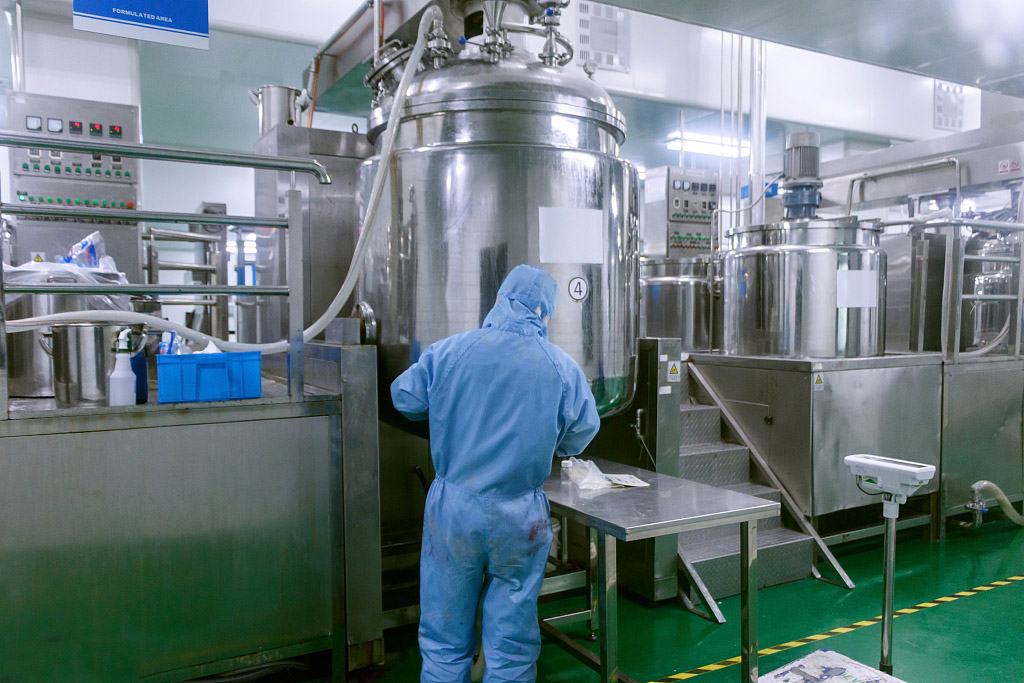 Tell us your material or budget, we'll reply you ASAP within 24 hours
Tell us your material or budget, we'll reply you ASAP within 24 hours

